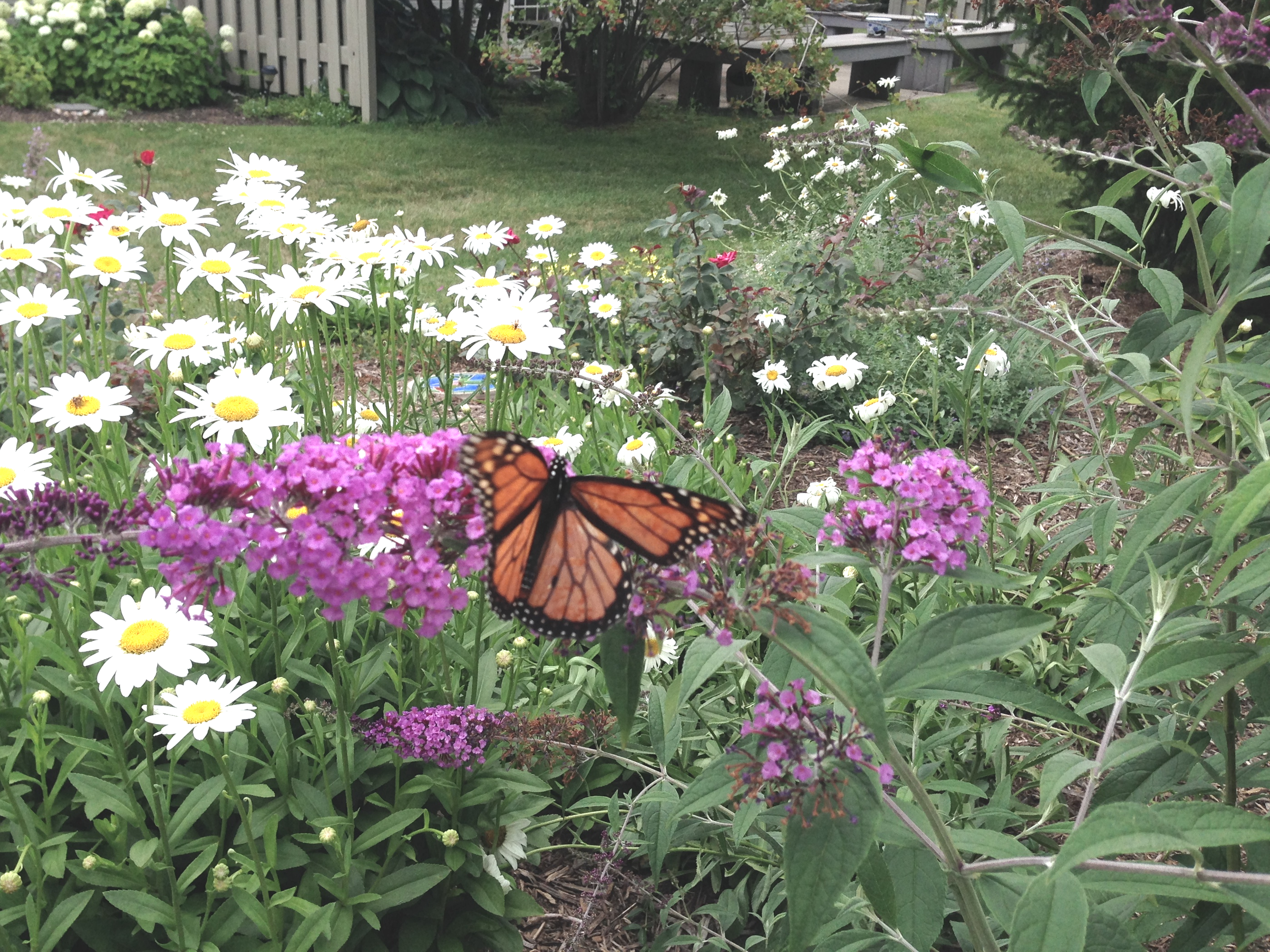Having grown up in the American heartland, it’s probably not surprising that I was a hunter as a child. But my arm was not a rifle; it was a butterfly net. For years growing up I hunted all manner of butterflies: some for my family’s butterfly collection, some for the pleasure of the hunt, and some even as a “citizen scientist.”
For several years in the 1970s, my father worked at the biology department at Indiana University. In various ways, he brought his appreciation for science into our home, especially when it came to butterflies. For this pastime, he made butterfly nets with his sewing machine, a wire hoop, and a wooden dowel. He also constructed mounting boards for the rare specimens we might keep.
While we would sometimes go out butterfly hunting as a family on the weekends, it was an activity that kept me personally occupied 24-seven. You could hunt for butterflies anywhere: in the neighbour’s flower garden, in the vacant lot down the street, on the side of the country roads. I’d take my butterfly net, jump on my bicycle and go out for hours hoping to net a new exotic species.
In our part of southern Indiana, the most exciting butterfly to see was a pipevine swallowtail. It was a beautiful butterfly — the surfaces of its wings would sparkle with an iridescent blue-green in the bright summer sun. I’d only see one or two every summer, so I was constantly on the lookout. Tiger swallowtails, zebra swallowtails, and other swallowtails were also interesting, but far more common. The most boring of the large butterflies was the monarch: boring because it was everywhere.
Indeed, because monarchs were so ubiquitous across eastern North American, they had spurred the interest of researchers at the University of Toronto, who sought to decipher the monarchs’ migratory habits. As part of U of T’s program, the researchers recruited “citizen scientists” across the continent who could help tag and track monarchs. My father signed us up as participants in the program, and we received hundreds of tiny tags — adhesive stickers that we were to affix to the front edge of a monarch’s wing.
Over the course of two to three years in the early 1970s, I tagged hundreds of monarchs. When I’d catch one, I’d immobilize it in my hand, rub some scales off the wing, and attach the tag. Moments later, the monarch would fly free while I recorded the date and location of the monarch’s capture in my father’s lab book. Occasionally, the researchers would let us know months later that one of our tagged monarchs had been caught in Michigan, or Ontario.
In 1975, the U of T researchers stunned the world by identifying the locations in Mexico where millions of monarchs wintered. I remember being flabbergasted by the photos of thousands of monarchs on a single branch of a Mexican oyamel fir tree. But still, in my child’s mind, monarchs were boring because they were so common.
If only it were still like that. Driving 18 hours through the American Midwest to visit my dad this summer, I saw not a single monarch. During a summer roadtrip in the 1970s you’d see hundreds in the course of a day. You’d also find a few in your car’s radiator grill. But this summer, nada.
Scientists attribute the decline of the monarch to a number of causes, but loss of summer habitat from herbicide use in Canada and the U.S. seems to be the primary cause. Climate change also poses a threat, as the monarchs’ are extremely vulnerable to freezing in their wintering grounds in Mexico. Shocking though it may seem, scientists estimate that there is up to a 57 per cent chance the monarch could become extinct within the next 20 years.
Since the 1990s, eastern North America has lost about 90 per cent of its monarch population. A population count at their wintering site this past February confirmed the overall downward trend, just weeks before a March storm killed one third — a whopping six million — of the wintering butterflies.
Admirable efforts to save the monarch — through habitat preservation and the planting of butterfly gardens — have been launched. In Canada, the David Suzuki Foundation and others have worked hard to increase awareness of the monarch’s plight and to provide resources to help protect this iconic butterfly. A Google news search on “monarch butterfly” reveals dozens of community initiatives across Canada to create monarch habitat “corridors” and encourage butterfly gardens. Forty years after my rich childhood experiences, I still try to do my part by planting the monarchs’ preferred wildflowers in my garden.
But “concerned local citizens” efforts can only go so far to address a threat driven by powerful agricultural business interests. In 2014, Canada’s Harper government, the U.S. and Mexico pledged to address the problem, but there is little to show for these pledges today. Earlier this year, Canada’s minister of Environment and Climate Change, Catherine McKenna came away enthralled after seeing the monarchs’ wintering site in Mexico, but no new conservation announcements were forthcoming. Governments’ response to environmental crises these past few decades have been lacklustre at best, and unless something changes fast, the monarchs may be the next tragic victim to our indifference.
The morning of my departure from Indiana last week, I thought I spied a monarch in my father’s flower garden but it fluttered away before I could be sure. Later that day, my step-mother sent me a text, “The monarch butterfly!” with a photo of a male monarch perched on a purple flower in her garden. It was the first monarch any of us had seen all season. May it not be one of the last on earth.
Like this article? Please chip in to keep stories like these coming.




